Business Challenge
Having made a significant commitment to contributing to the protection of the local environment, Northern Ring Motorway Operator, ICA, contracted Hatko to create the 2km long noise wall made of recycled rubber. As a signatory of the Business World Plastic Initiative, ICA is committed to taking full responsibility for road safety and noise reduction, while reducing plastic consumption in the area. To this end, Hatko was tasked to manufacture and install the rubber noise wall, a product produced by recycling old tyres collected from the highway itself. The contract was appropriately named, The Noise Barrier Project.
ICA General Manager Serhat Soğukpınar said that the Noise Barrier Project, which they announced on International Zero Waste Day, was part of ICA’s responsibility to leave a livable world for future generations. Soğukpınar said, “ Fragmented objects like old tyres are a real threat to highway safety.”
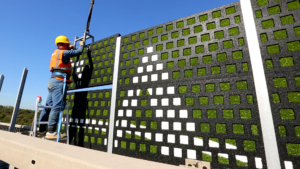
Solution
As part of the project, approximately 135 tons of vehicle tyre pieces were collected. A portion of that rubber was used to create the 2km rubber noise wall, which was erected along the Northern Ring Highway. While effectively mitigating the noise that emanates from the highway, the wall is also resistant to harsh weather conditions, and requires no ongoing maintenance.
Incorporating a grassed turf aesthetic, the recycled rubber wall seamlessly blends in with its surrounding landscape. Since sound barriers of this type are among the products with the lowest carbon footprint, opting for recycled rubber was a testament to the commitment every stakeholder made to reduce the carbon footprint.

Results
After a sound analysis was conducted, the noise wall was deemed to be significantly effective in reducing vehicle noise to a minimum level in the sections of the highway passing near residential areas. Soğukpınar stated, “With the sound barrier now installed, habitats and settlements near the highway are protected from highway noise, while the tyre waste that was collected was recycled and used, which fully serves the circular economy.”
In addition to the sound mitigation success, the project earned the Zero Waste Certificate from the Ministry of Environment, Urbanisation and Climate Change as a result of its eco-consciousness in every part of the process and in the final product. “The recycled tyre waste significantly contributes to the circular economy when used in the production of sound barriers”, Soğukpınar said.
The noise wall also achieved an Environmental Product Declaration (EPD) certificate. Soğukpınar, who drew attention to the fact that rubber sound barriers have an impressively low carbon footprint said, “We will recycle and reuse this environmentally friendly barrier at the end of its 10th year. Our primary goal is to do our job at the highest standards and contribute to a sustainable world. We will continue our work in this direction.”
Wallmark is the pioneer of recycled rubber noise walls in Australia. For more information about these innovative, effective and eco-friendly noise mitigation solutions, contact a member of the Wallmark team today.
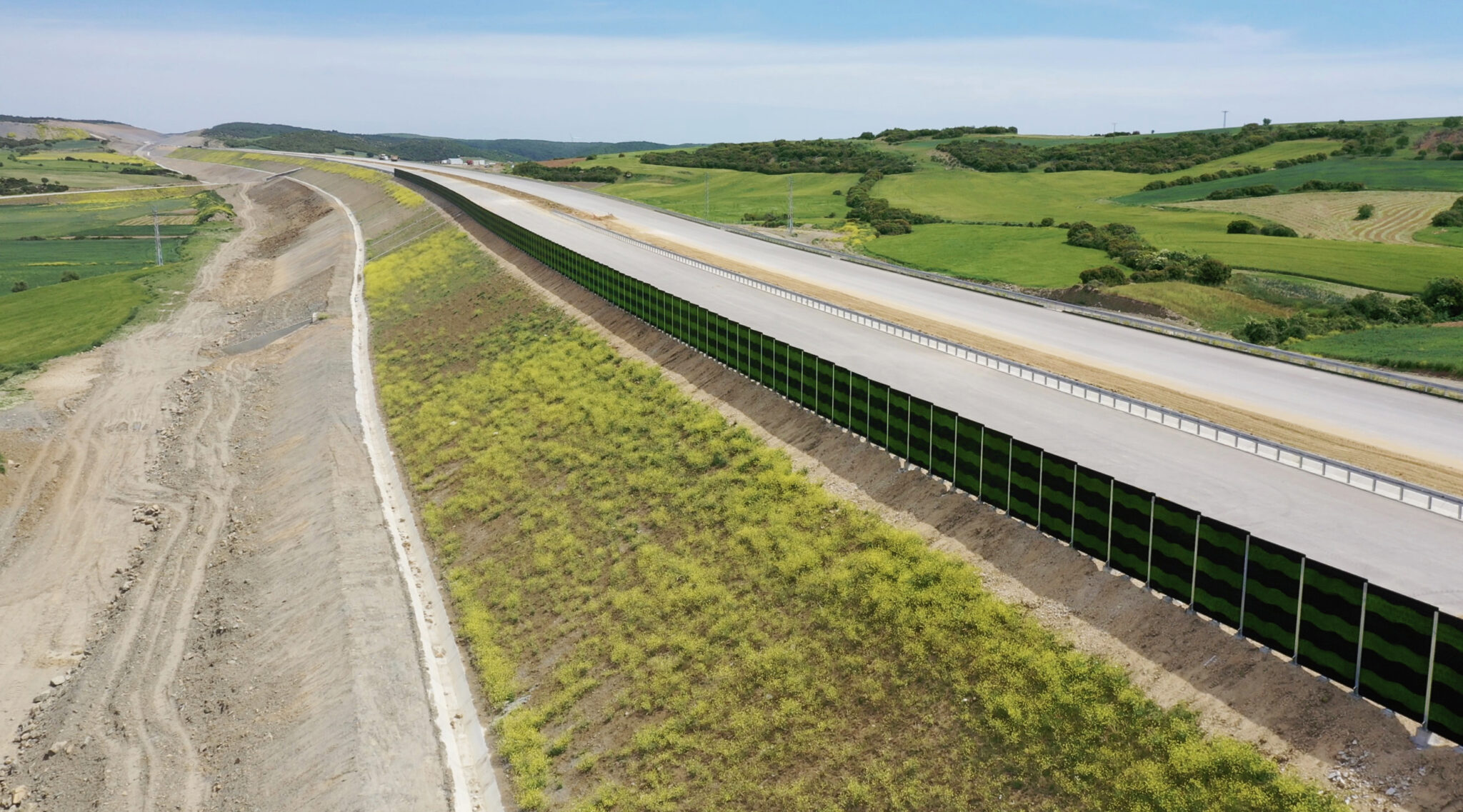
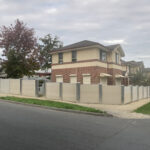
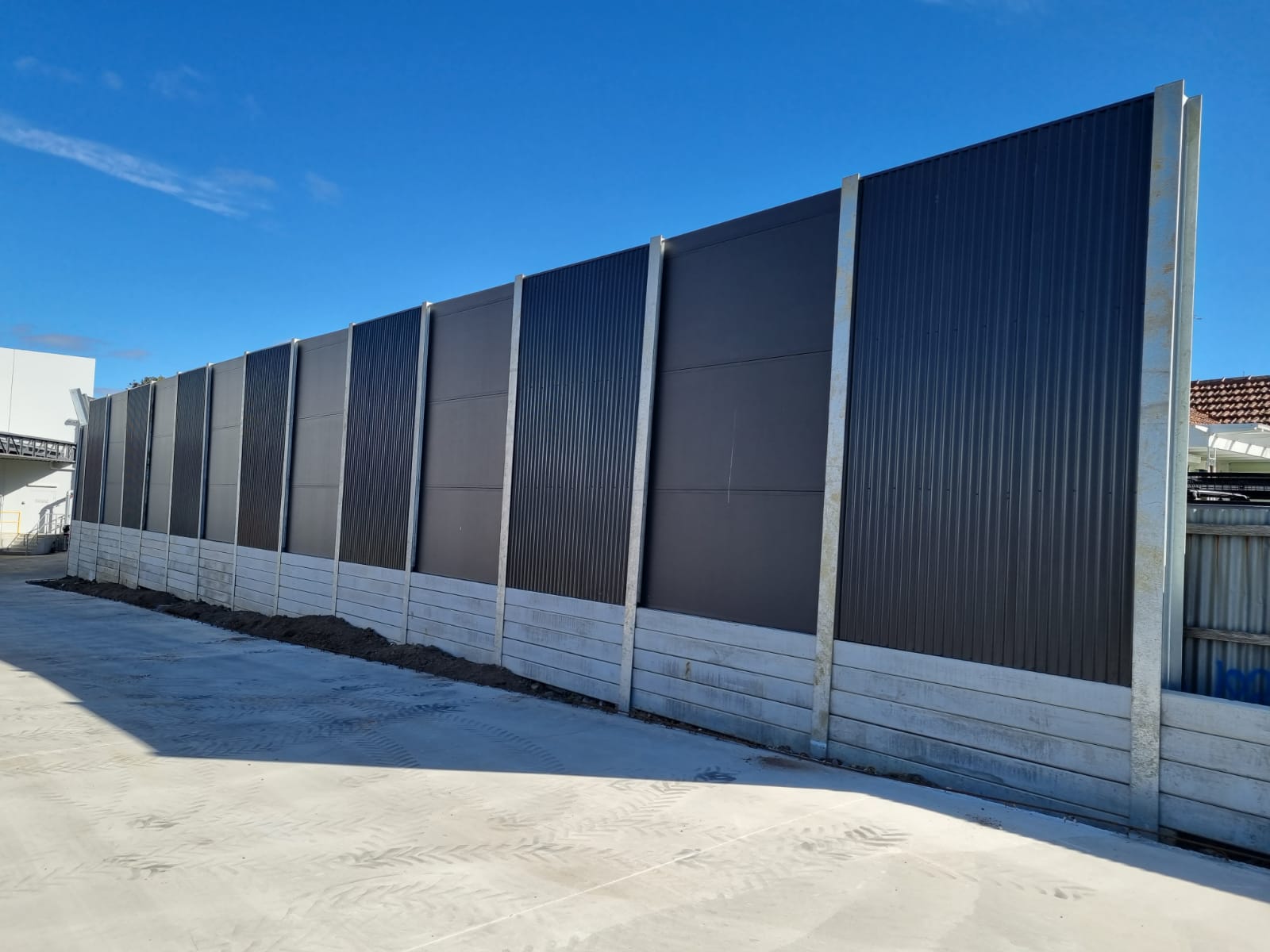

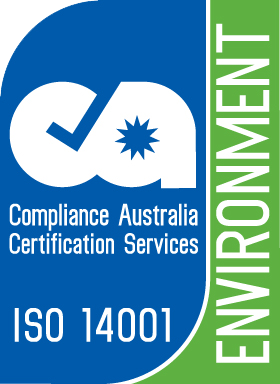

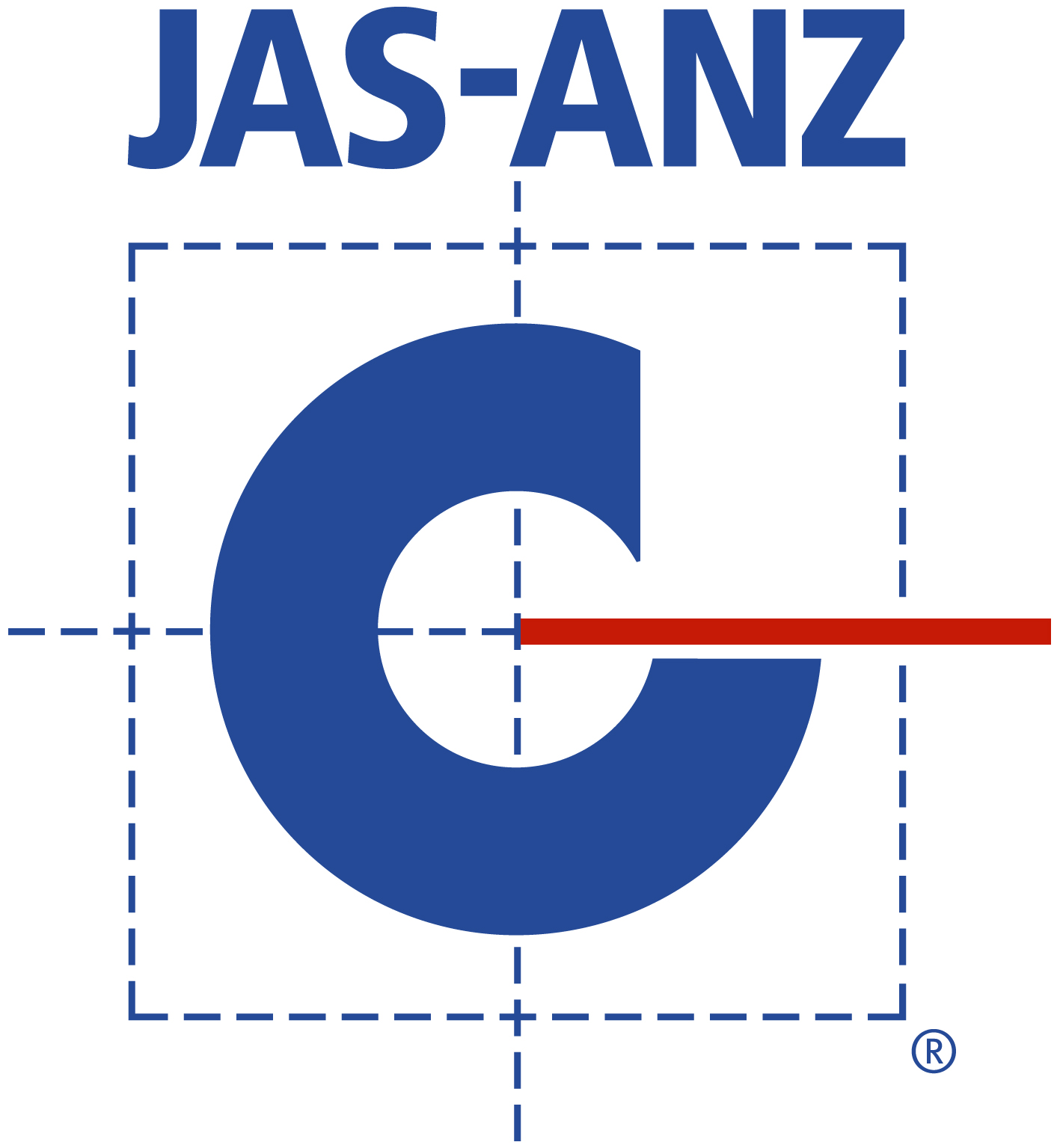

You must be logged in to post a comment.